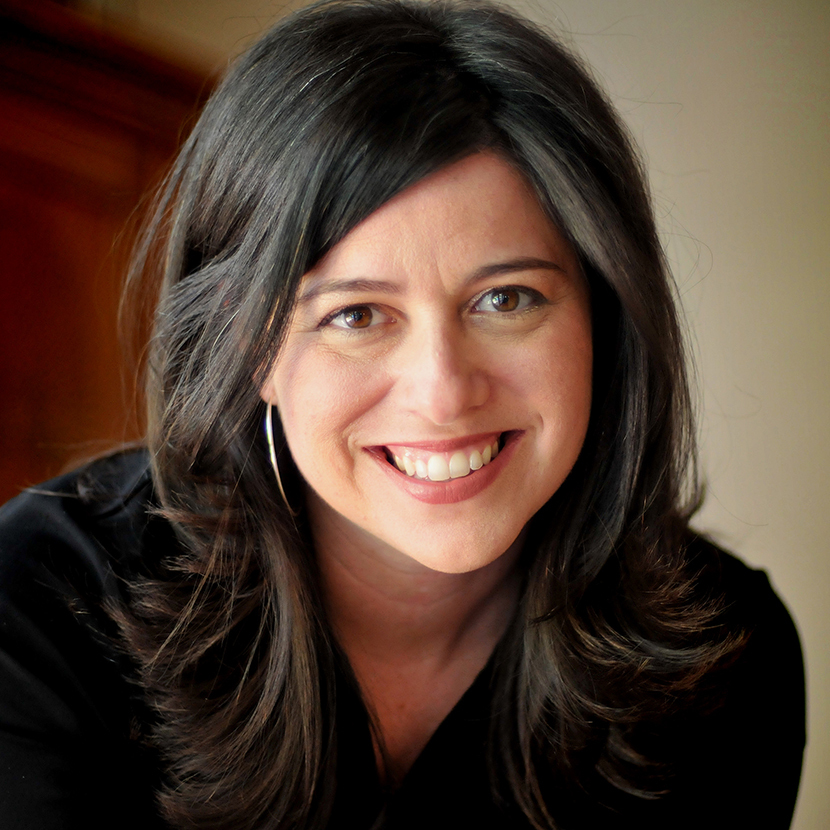For about a decade, Brazilian-born ballet dancer Ingrid Silva wore pink-colored ballet shoes. That is, until she joined Dance Theatre of Harlem. Fifty-plus years earlier, the company’s artistic leadership had made the unprecedented choice for dancers to wear tights and shoes that match their skin tones.
In 1969, in response to the murder of Dr. Martin Luther King Jr., Arthur Mitchell, a dancer, choreographer, and the first Black dancer with the New York City Ballet, founded Dance Theatre of Harlem. He believed that by creating these experiences in his neighborhood, ballet could be a tool of transformation as well as a platform for social justice. The company is now a singular presence in the ballet world, touring nationally and internationally, expanding what’s possible through art, and presenting a powerful vision for ballet in the 21st century.
I discovered the company through friends, but I fell madly in love with it through Ingrid’s Instagram feed, where she documents the life of a dancer from practice and performance to the delight of taking her toddler, Laura, with her on tour.
Even for those of us who know nothing about dance, Ingrid opens the blinds on new windows for us to see what’s possible as she moves through the world, piquéing and pirouetting through Harlem and across America in pointe shoes carefully dyed to match her skin tone and to more fully represent her identity.
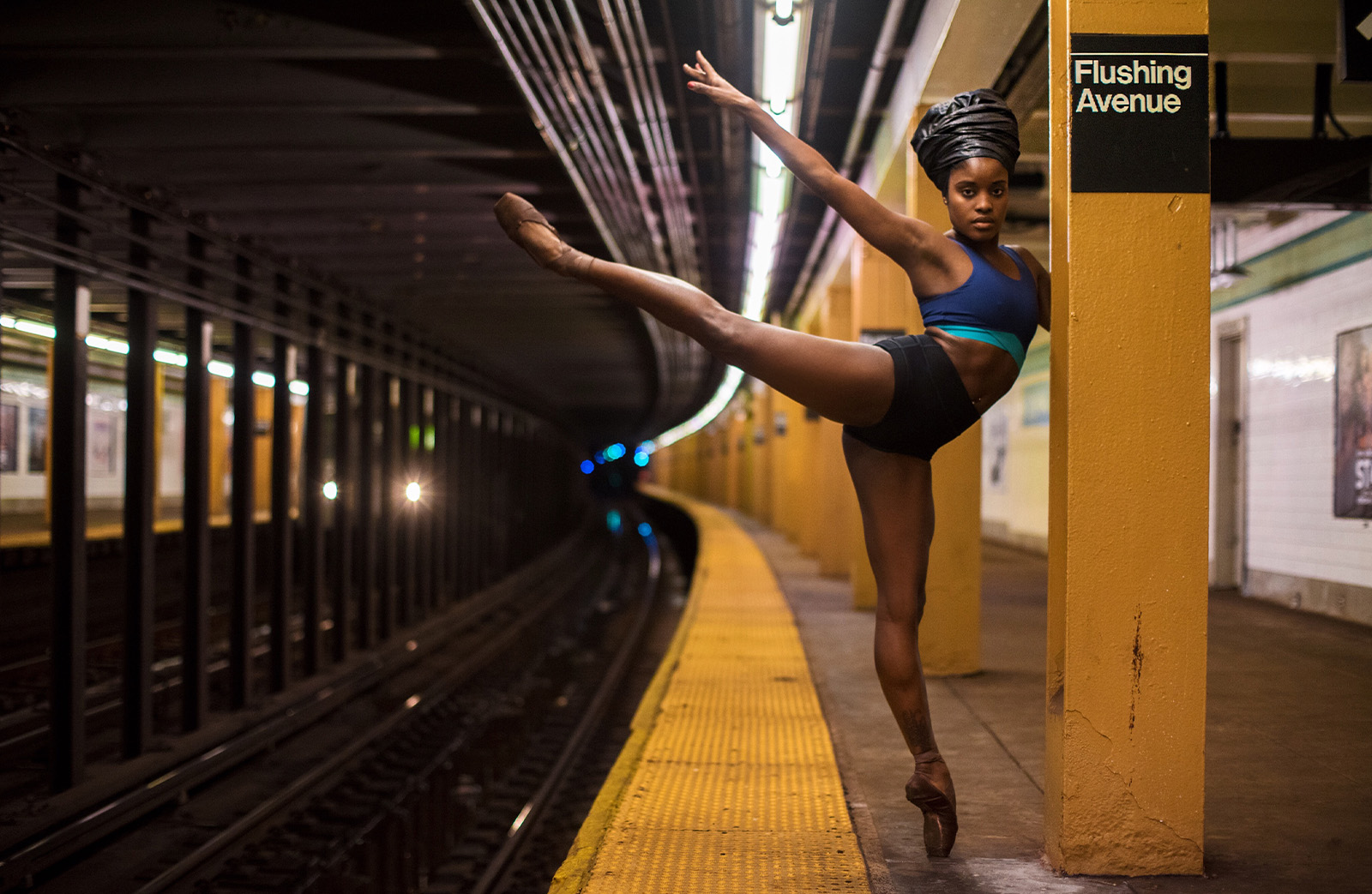
Vulnerability is . . .
Essential for art. I am often very vulnerable. And being open to vulnerability has been helping me grow a lot. I always tell myself that I don’t know it all, but I want to learn. As a dancer, I am very expressive, and being vulnerable helps me show my true feelings.
What role does vulnerability play in your work?
It’s hard in the dance world to be vulnerable because strength is such a component of dance. You have to show that you are strong most of the time, even when you are not. So it takes courage and determination to show vulnerability at my workplace. It’s a shift to know that vulnerability is strength.
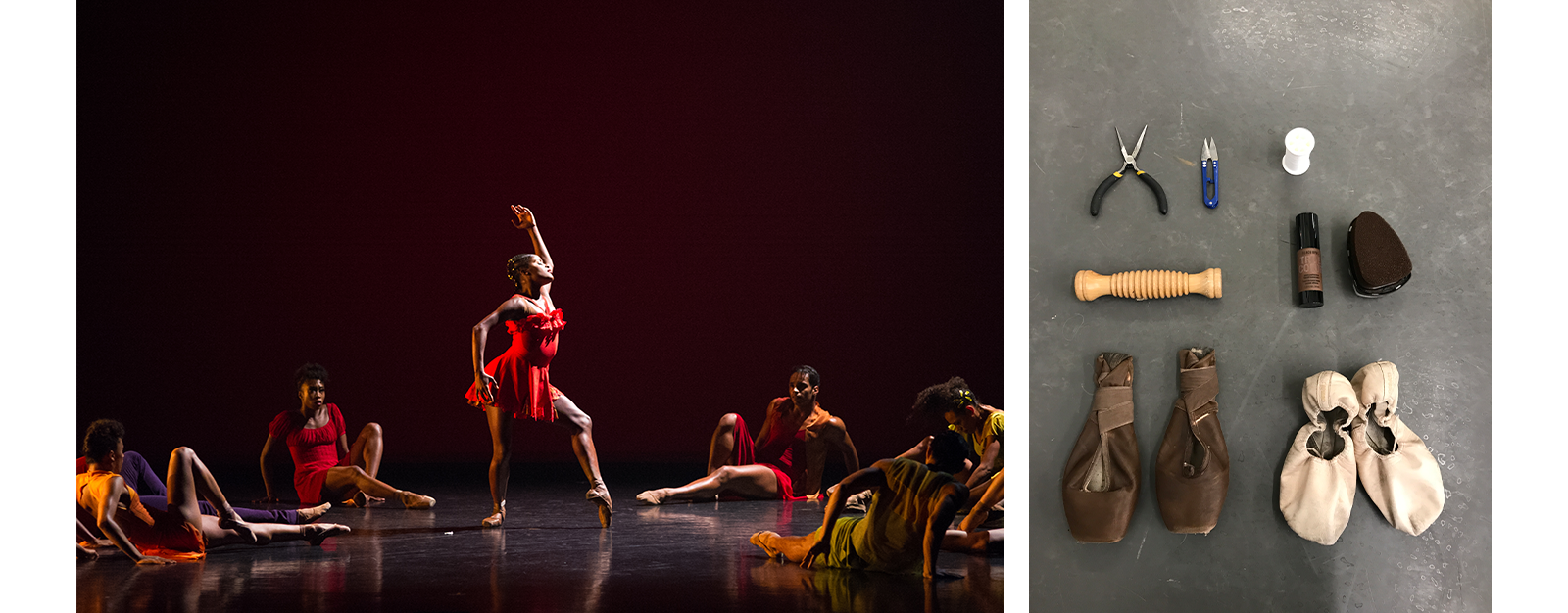
What’s something that gets in the way of your creativity, and how do you move through it?
Self-doubt is a huge problem, especially if I am learning something new and I am not sure how to approach it. The doubt can block my creativity. I move through it by being open, even when I am uncomfortable.
It’s often difficult to share ourselves and our work with the world, given the reflexive criticism and mean-spiritedness that we see in our culture — especially online. What strategies do you use to show up, let yourself be seen, share your work with the world, and deal with criticism?
Dealing with criticism is part of being a dancer, so I deal with criticism very well usually. I know people will always be judging me no matter what. So it’s their opinion, not yours. It’s great to know who you are no matter what.
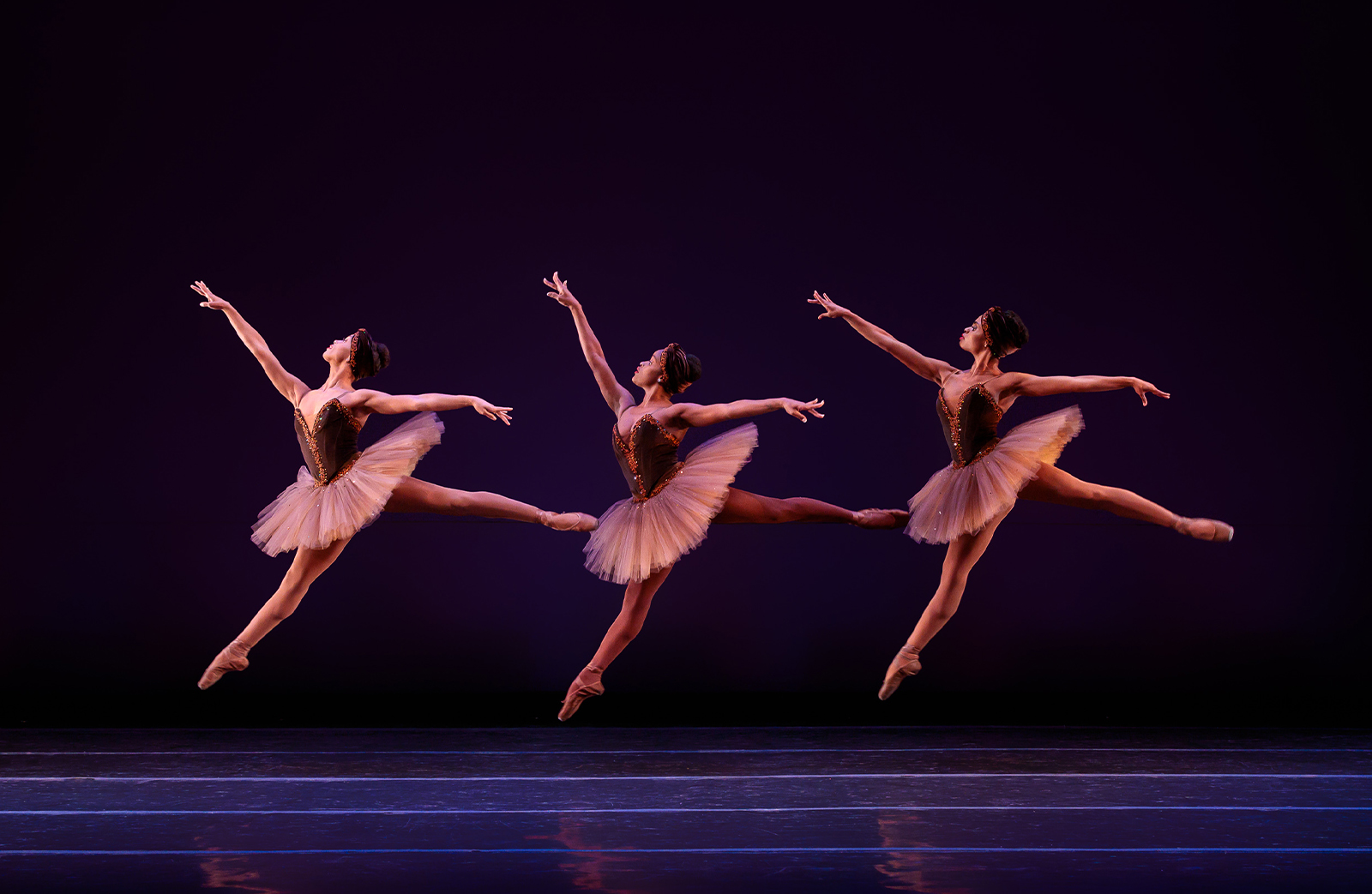
Describe a snapshot of a joyful moment in your life.
When I returned to the dance studio and the stage after having my daughter. I thought I would never dance again, and it was so rewarding to tour with my daughter and share this experience with her.
Do you have a mantra, manifesto, or favorite quote for living and loving with your whole heart?
When you know who you are, you are free.
That’s the quote I’ve been living by, especially now in this moment of my life, it’s important for me to believe in what I was put on this earth to do, I have purpose and I will fulfill it.
What is your favorite word?
Love.
What is your least-favorite word?
Hate.
What sound or noise do you love?
Waves.
What sound or noise do you hate?
Car honk.
What is your favorite curse word?
Shit.
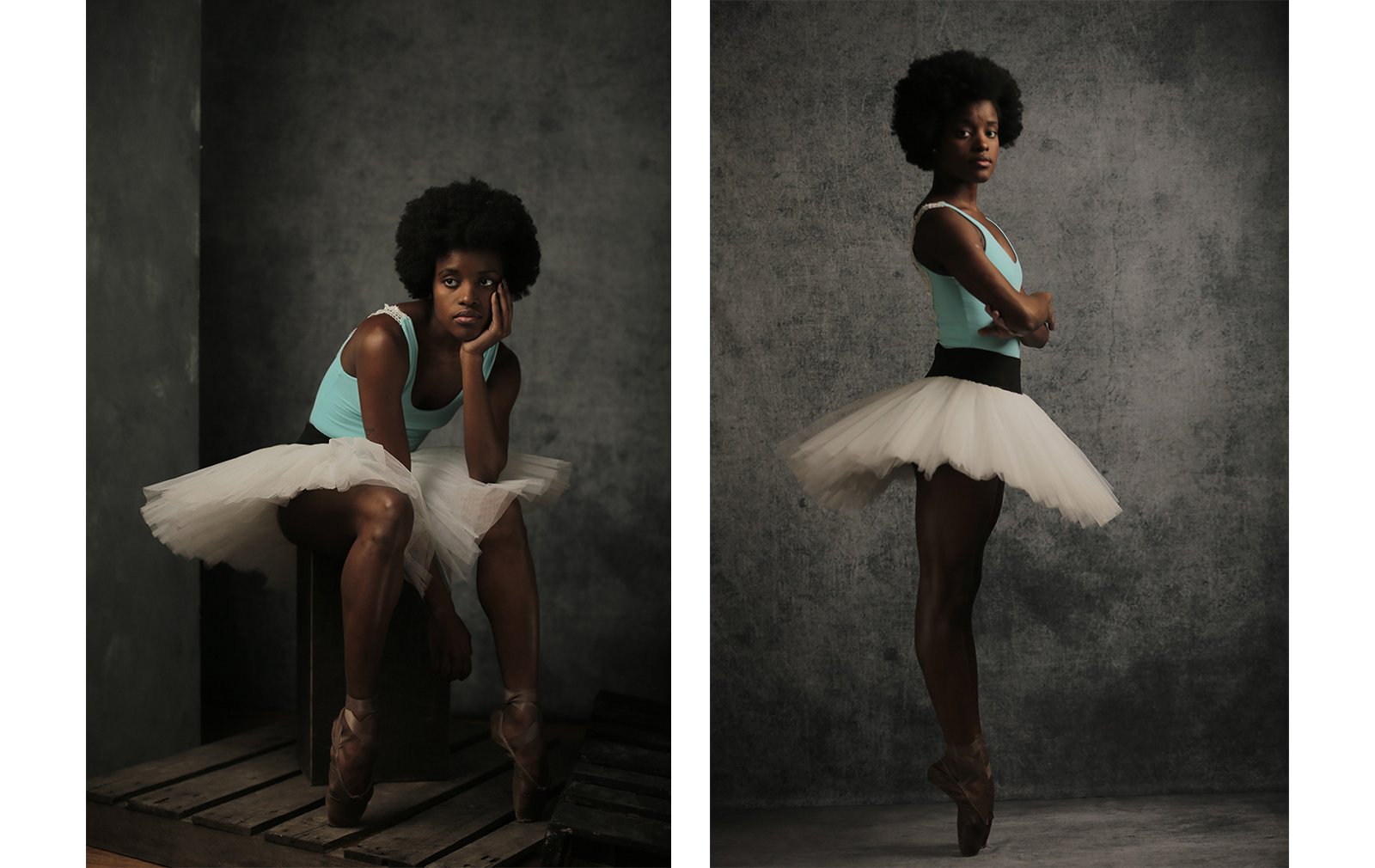
Favorite show?
Workin’ Moms.
Favorite movie?
Black Panther: Wakanda Forever.
What are you grateful for today?
To be alive!
If you could have anything put on a T-shirt, what would it be?
“I was here, I lived, I loved, I was here
I did, I’ve done, everything that I wanted
And it was more than I thought it would be
I will leave my mark so everyone will know I was here.”

Scenes from Ingrid’s life as a dancer; photography courtesy of Ingrid Silva.
Favorite meal?
Feijoada and stroganoff.
A talent you wish you had?
I wish I could fly.
Favorite song/band?
“I Was Here,” by Beyoncé.
What’s on your nightstand?
My glass of water.
What’s something about you that would surprise us?
I love to do voice-over narration of stories.
Your six-word memoir . . .
A sapatilha que mudou meu mundo. The shoe that changed my world.
It’s part of the dancer’s creative process to become vulnerable. That’s how you are true to your art.


